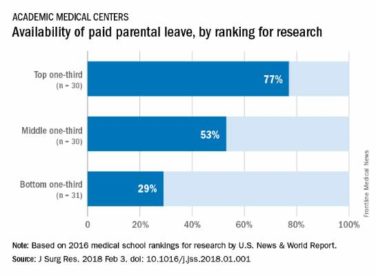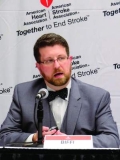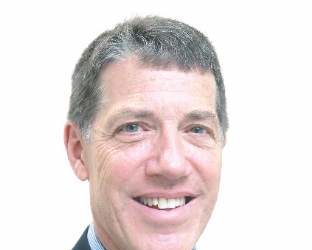FROM JAMA PSYCHIATRY
Antipsychotic use is down among children, but up among adolescents and young adults, a large retrospective study has found.
The decline between 2008 and 2010 follows several years of upward trends in antipsychotics prescribed to young people, said Dr. Mark Olfson at Columbia University in New York and his associates. “In view of evidence of widespread antipsychotic prescribing outside of U.S. Food and Drug Administration–labeled indications and concerns regarding the adverse metabolic effects of second-generation antipsychotics, this decline is a welcome development,” they wrote.
Research shows that children and adolescents taking antipsychotics are at a two- to threefold risk of developing type 2 diabetes than the general population (Curr. Diab. Rep. 2015 Aug. 15 [ doi:10.1007/s11892-015-0623-4 ]). The drugs also increase the risk of obesity and associated metabolic disorders.
Several antipsychotics have shown efficacy in child and adolescent bipolar mania, adolescent schizophrenia, and irritability associated with autism, but in the outpatient pediatric setting, most patients who are prescribed antipsychotics do not have these diagnoses, the researchers noted. Instead, antipsychotics continue to be prescribed to children and younger adolescents for transient, age-limited behavioral problems for which there are evidence-based alternative treatments, Dr. Olfson and his colleagues wrote. To change the practice, they emphasized the need for quality measures, physician education, telepsychiatry programs, and better access to alternative psychosocial treatments (JAMA Psychiatry 2015 July 1 [doi:10.1001/jamapsychiatry.2015.0500]).
For the study, the researchers calculated the annual percentage of younger children (aged 1-6 years), older children (aged 7-12 years), adolescents, and young adults (aged 19-24 years) who filled at least one prescription for antipsychotics. Data came from the IMS LifeLink LRx Longitudinal Prescription database , which covers about 60% of U.S. retail pharmacies.
Between 2006 and 2010, antipsychotics were prescribed to 36,484 younger children, 226,914 older children, 335,737 adolescents, and 252,739 young adults in the database, equivalent to about 1.3 million patients aged 1-24 years old nationally, the investigators reported. Antipsychotic prescriptions fell from 0.14% to 0.11% among children aged 6 years or less, and from 0.85% to 0.80% among older children, but rose from 1.10% to 1.19% among adolescents, and from 0.69% to 0.84% among young adults, they reported.
The most common mental health diagnoses among patients prescribed antipsychotics were attention-deficit/hyperactivity disorder (ADHD) in younger children (52.5%), older children (60.1%) and adolescents (34.9%), and depression among young adults (34.5%), the researchers also reported. Particularly among males, antipsychotic and diagnostic trends suggested that the drugs were being prescribed not for psychotic symptoms, but for “impulsive and aggressive behaviors” that tend to peak in late childhood and usually subside by adolescence, they added.
The National Institutes of Health and Columbia University funded the study. The investigators declared no conflicts of interest.
cpnews@frontlinemedcom.com




